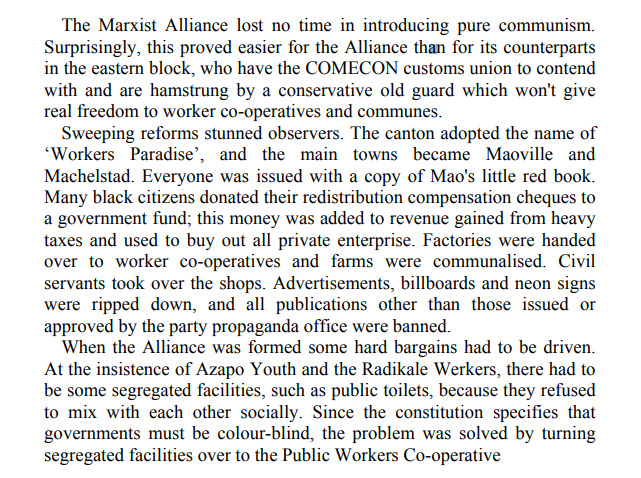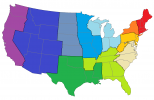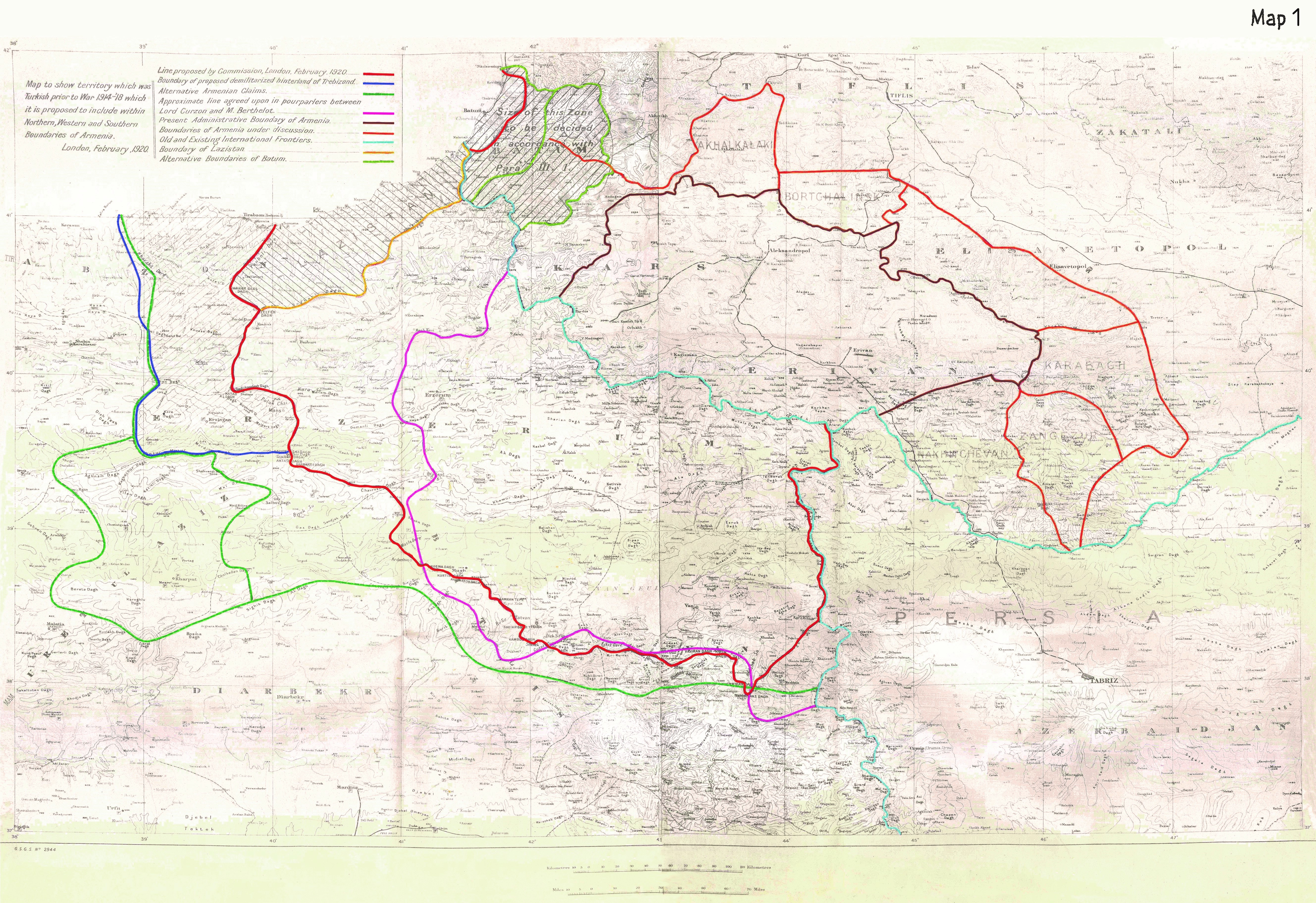A distinct thread connecting alternate proposals for all regions of Germany would be great!
Thank you for your research!
No problem, it's fun!
Anyway, I did now create that thread and I'll share any future findings there. However, if I do have access to a good visual aid, then I'll also share it here.
Speaking of which, let me crosspost my introduction to it, which includes two proposals from the Truman administration with maps!
US Maps of Occupation Zones, Proposed Länder, and Territorial Claims After WW2
The first map is from March 1946 and made by the State Department! [Link to the Truman Library]

As you can see, it shows the four occupaton zones as they had been formalized in July 1945. It also marks three American proposals for the future eastern border of Germany. There the Americans are suggesting that Poland should only annex Upper Silesia, a relatively small part of Pommerania, and West Prussia with certainty, while offering two more options that would grant more territory to Poland as an alternative. The last of these is the Oder up to Upper Silesia. This is the same proposal the US State Department has been suggesting since at least January 1945, as is evident by this map [linked here to Wikimedia Foundation].
However the map also showcases hand-drawn claims by the Netherlands (after the failure of the Bakker-Schut-Plan), as well as minor annexations by Luxembourg and Belgium. It also shows, again hand-drawn, the recent expansion of the Saar Basin by France.
A similar map by the state department was made in 1947, and it shows the contemporary claims by the Benelux countries, as well as Czechoslovakia in a more polished format. [Link here to Wikimedia Foundation]
The second map is this beauty by the Research and Analysis Branch of the Office of Strategic Services, first made in July 1944 and then subsequently amended and edited in 1945, reaching its final state in February 1947. [Link to the Truman Library]

It shows Germany both with the now-settled Oder-Neisse border and the former Großdeutsches Reich borders, along with the current occupation zones and fifteen proposed German states (or Länder).
The thing that makes this map a particularly interesting one is that last part, actually! In the east especially you have very familiar states with borders that are quite similar to the ones that the Federal Republic of Germany would implement after reunification, but, more precisely, these look nearly identical to the short-lived Länder of the German Democratic Republic.
In the west, you have a separate Rhineland, a Greater Hesse, a separate Westphalia, and a Lower Saxony that includes both Schaumburg-Lippe and Lippe-Detmold (the latter went to North Rhine-Westphalia IOTL). In the south, Bavaria is essentially unchanged, but Baden-Württemberg exists as Württemberg-Baden and includes the former Bavarian Rhine Province/Rhenish Palatinate.
It's very noteworthy that these proposed states don't follow occupation zone borders. The Rhine Province is reunified, the Amt Neuheus (part of the Soviet zone and in the Cold War part of the GDR) is (still) part of Lower Saxony, Hesse includes the portions of Nassau and Rheinhessen that are IOTL part of Rhineland-Palatinate, and Lindau was to be reattached to Bavaria (which IOTL only happend in 1956).
The fact that this map also includes a statistical breakdown of these states. As you can see, four territorial states of this post-war Germany would have had a population of less than three million but more than one million (in decreasing order Thuringia, Brandenburg, Mecklenburg, Schleswig-Holstein), and five states would have had a population of more than five million but less than eight million (in decreasing order Rhineland, Bavaria, Württemberg-Baden, Saxony). This would have been a fairly equal population distribution. Also interesting is the economic breakdown. Lower Saxony, Mitteldeutschland, Bavaria, and Württemberg-Baden would have been the agricultural powerhouses, while Westphalia, the Rhine Province, Württemberg-Baden, Saxony, and Mitteldeutschland would have been the industrial motors of this new Germany.
Looking past the urban states, Schleswig-Holstein and Mecklenburg would have been the economically weakest states, since neither offer a large agricultural sector nor a significant amount of industry. Mecklenburg especially might just prove itself to not be viable, which might have resulted in proposals to maybe partition it between Brandenburg and Schleswig-Holstein in the future.





